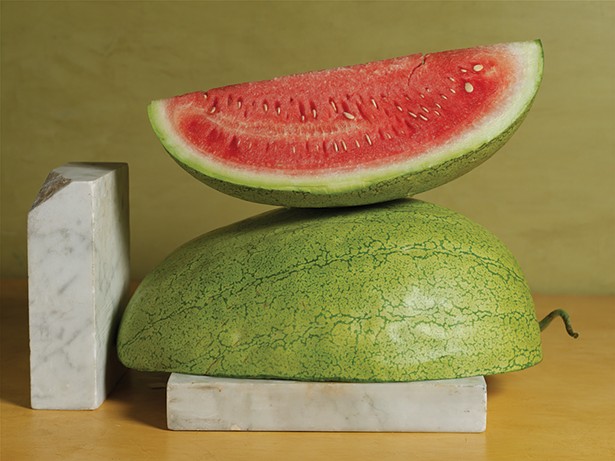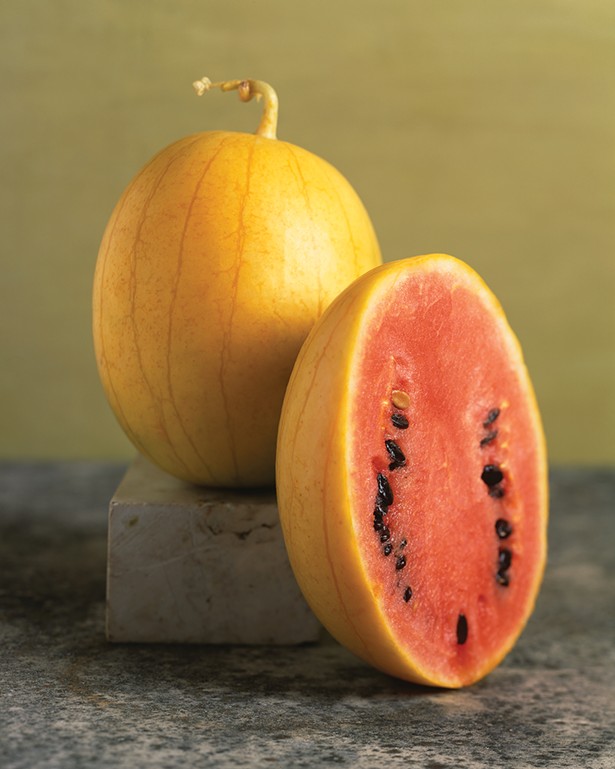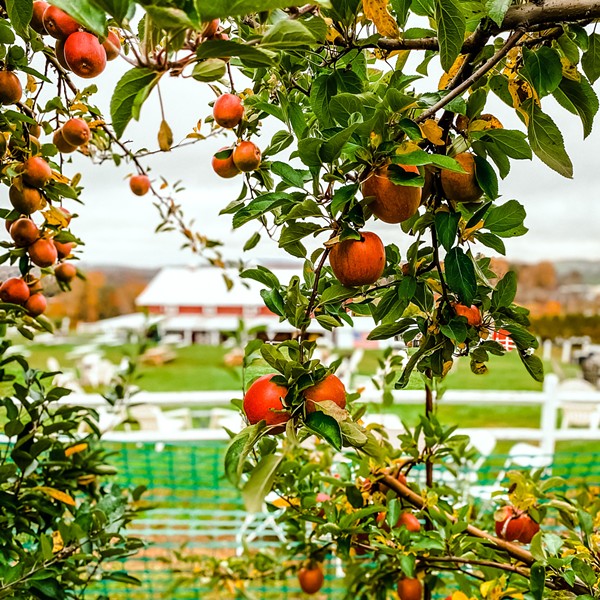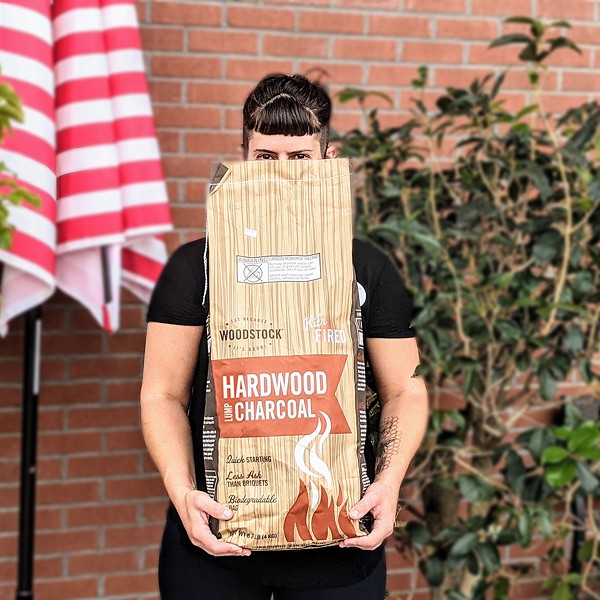"The taste of melons at their peak, oozing honey, is incomparable, as is the air, sweet-smelling with muskmelon on an August night." Thus begins the first chapter of Amy Goldman Fowler's latest book, The Melon, an ode to the Cucurbitacae family. On a 200-acre former dairy farm in Rhinebeck, the food writer, gardener, and seed-saving activist has built an heirloom Eden, where she cultivates scores of melon and watermelon varieties among other fruits and vegetables. Perhaps unsurprisingly for such a devoteae of the gourd family, this is not Goldman Fowler's first but her second book on the subject. (Melons for the Passionate Grower was published in 2002). "I have grown and learned a lot more," she explains in the foreword. "This book is more well rounded." The beautiful 312-page hardcover is as suitable for the how-to garden shelf in your library as it is for the coffee table, with dozens of full-page, glossy melon portraits, plus recipes and tips for growing, picking, and seed-saving. Given her self-described "life-long love and calling" for melons—and the decade of research and experimentation that went into this book—there is no better guru than Goldman Fowler to guide you on your melon quest.
As fall approaches and the harvest dwindles, here is an excerpt from The Melon on seed-saving.
— Marie Doyon
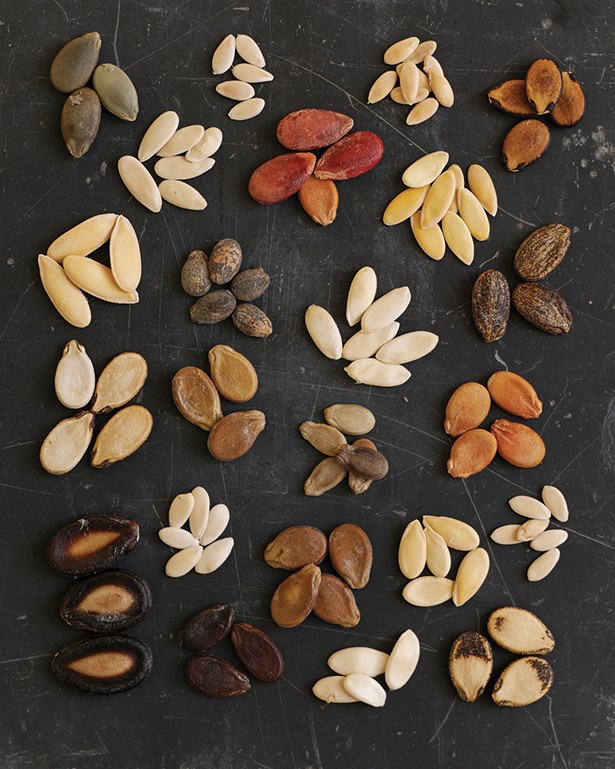
There are two basic ways for the home gardener to control pollen flow between varieties of the same species: isolation by distance, and hand pollination. Since melons and watermelons belong to different species and don't cross with each other, I recommend that you begin with isolation. Limit yourself to one variety of melon and one variety of watermelon that you value and know to be heirlooms rather than F1 hybrids. Plant them in the same garden but make sure that they are at least eight hundred feet to a half mile from other varieties with which they could cross-pollinate. Check with your neighbors to see if they're planning to grow these species. If not, you can let nature take its course.
If you can grow melon and watermelon for the fruit, you can grow it for seed, too. In most cases, when your fruit is ready, so are the seeds. It's easy to scoop them from the cavity of a muskmelon or honeydew. But because watermelon seeds are scattered and embedded in the flesh, they present a bit of a challenge. Either collect the seeds after the fruits have been eaten and seeds set aside or pick them out in advance and put them in a colander, reserving the flesh for fresh eating or juicing. Rinse seeds under running water, gently rubbing to remove stickiness and tissue; then shake off the water, blot extra moisture from the bottom of the colander with a paper towel, and turn the seeds out onto sturdy, absorbent paper plates (or coffee filters) that are labeled with the variety name. If your main concern is to maximize mature seed production, allow the intact harvested fruit to ripen past "market maturity" before processing seeds. (Don't wait too long, though: Watermelon seeds can begin sprouting in vivo.)
Some growers prefer to soak seeds for a few hours—or even ferment them in water for a day or two—in order to remove attached pulp before rinsing. Dry the seeds at room temperature, occasionally turning them over, until they can be cracked or snapped rather than bent.Since heat and humidity cause dried seeds to lose vigor, store them in packets in airtight containers, in a cool, dark, dry place. Seeds that are well cured (with a moisture content of 4 or 5 percent) and stored this way can remain viable for five years or more; if stored in the refrigerator (at about 40 degrees Fahrenheit and low relative humidity), they can remain viable twice as long. But don't let them languish on the shelf. If you share your seeds with other dedicated gardeners, you'll be doing your part to ensure that heirloom melons and watermelons don't vanish from our gardens and tables.







